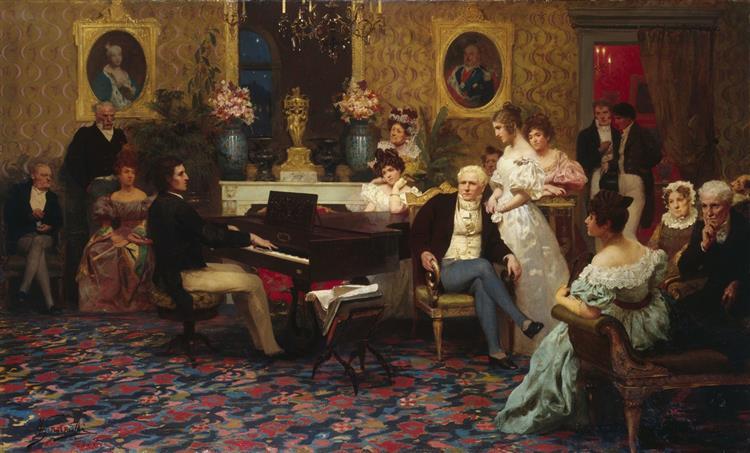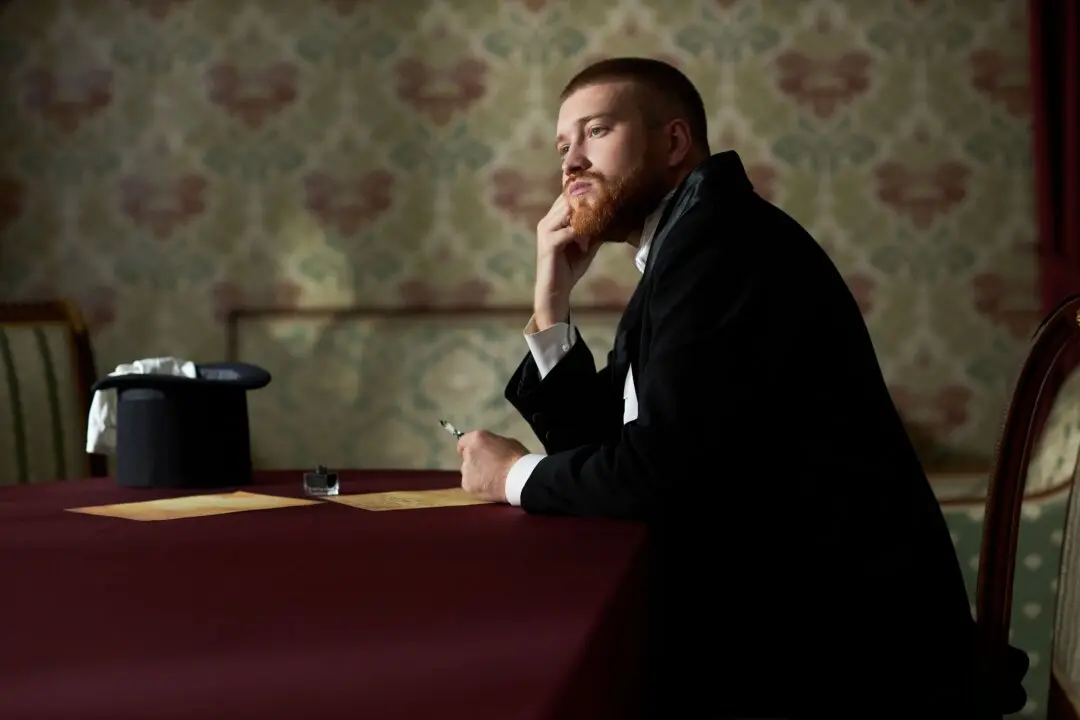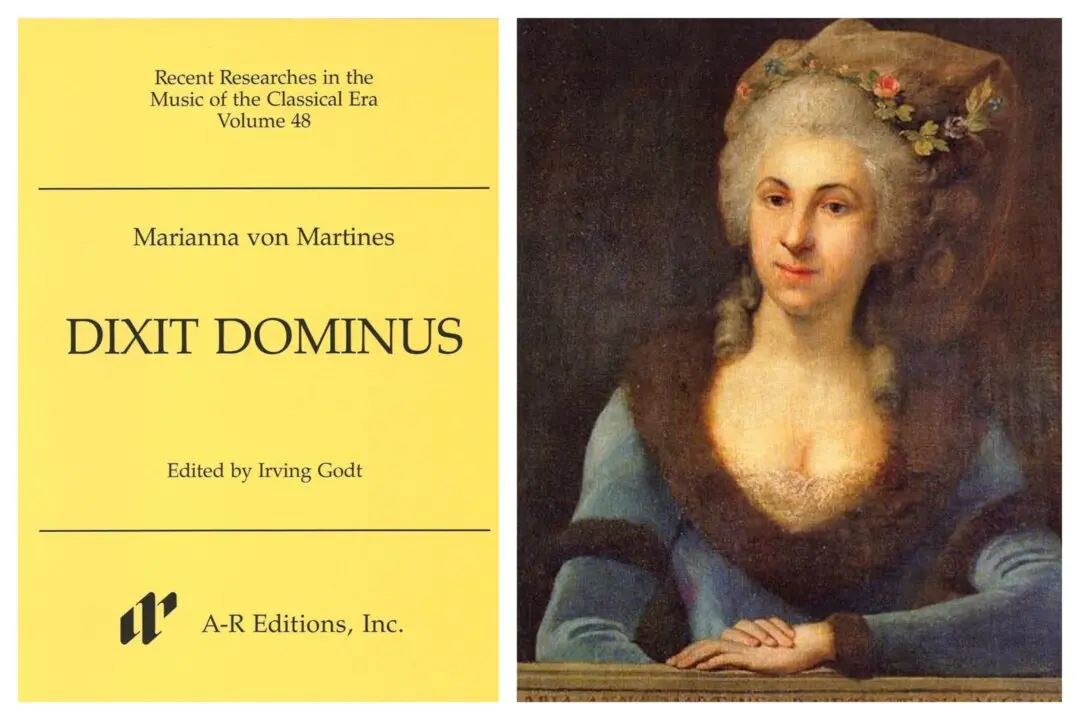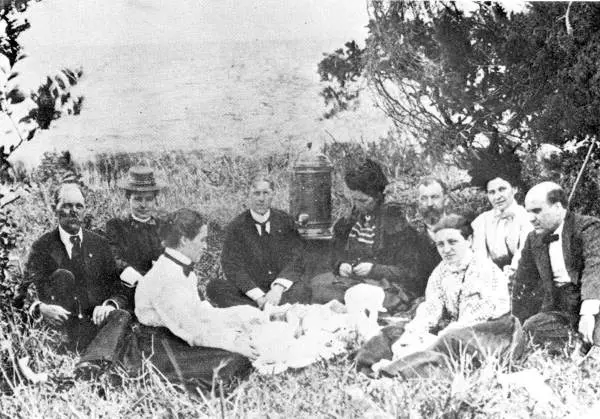Children unlucky enough to learn to play piano in the early 19th century were often subjected to agonizing training methods. There was the surgical operation that slit the web between the fingers to increase flexibility. There were finger springs, stretching machines, and wrist straighteners. Then there was the “finger torturer” that Friedrich Wieck, an unorthodox piano teacher, described as committing a “just outrage” upon the third and fourth digits of a pupil who used it against his advice.
Beyond the physical torments were the mental ones. Dense instruction manuals instilled hollow technical skills through the rote playing of difficult exercises. One of the most notable experts in this area was Beethoven’s best student, Carl Czerny. The title of his manual, “Forty Daily Exercises for the Pianoforte With Prescribed Repetitions for Acquiring and Preserving Virtuosity,” may give some idea of the suffering Czerny’s students had to look forward to.





